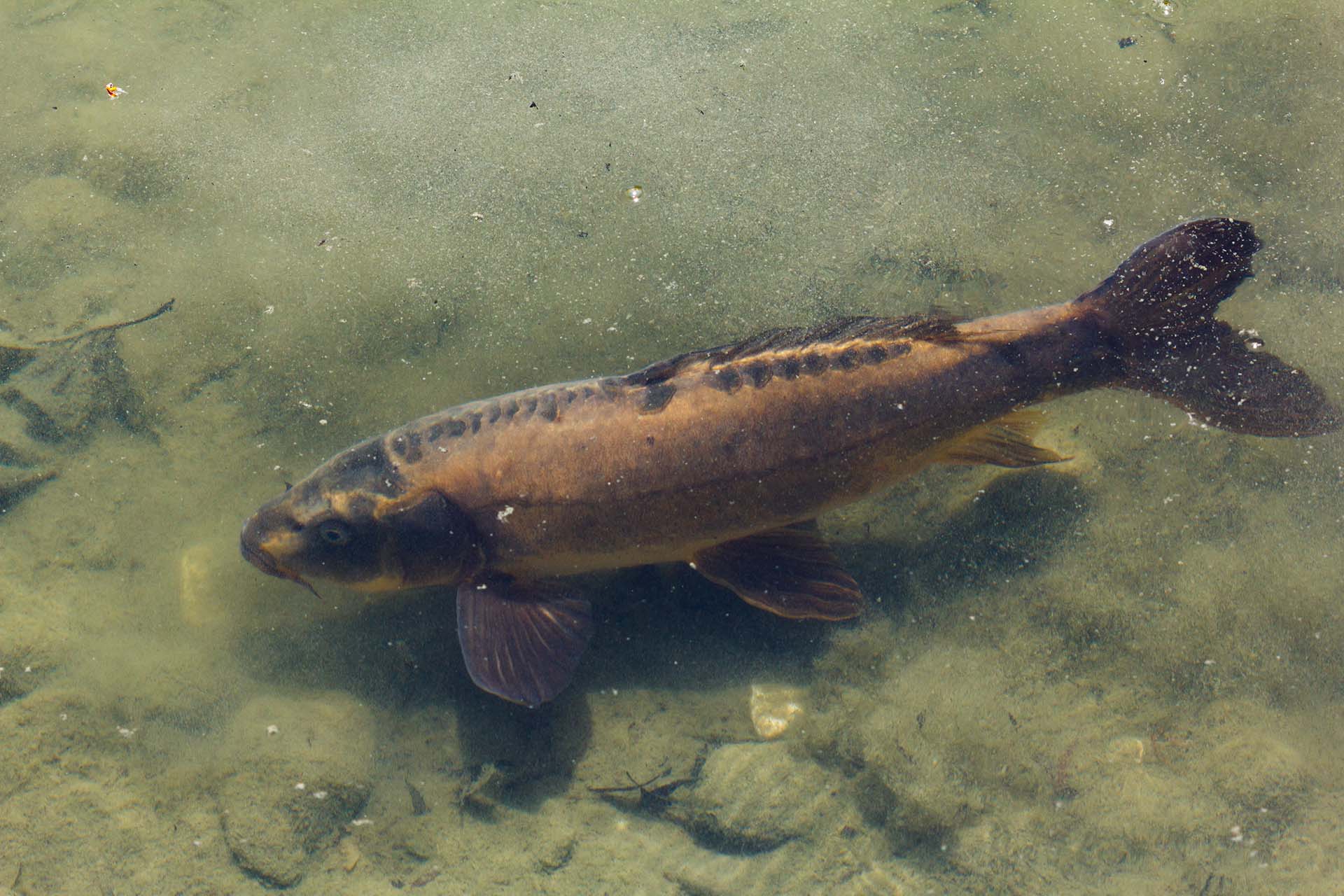So, you’ve got your sights set on the master hiders of the ocean. Knowing how to fish for flounder not only tests your skills, but it’s also a lesson in patience and precision. Before you cast your line, make sure to gear up with our comprehensive guide that dives into understanding these unique marine species. It also unveils the best tips and techniques to land them with success.
Casting your line for this elusive fish requires more than just gear – it’s about understanding their habits, habitats, and favored conditions. From selecting the right locations to employing effective techniques from boats or shores, your approach matters. And once you’ve geared up with suitable baits and lures, you’re set to become a fluke fishing maestro.
Understanding Flounder – The Basics
These sea dwellers, also known as fluke, are nature’s version of hide-and-seek champions. With their one-of-a-kind flat form and the body that’s built to blend in, these creatures take on the colors and textures of the ocean floor. This masterful camouflage, paired with a love for sandy and muddy terrains, makes flounder quite an intriguing fish species to target.
The Behavior and Feeding Patterns
These flatfish have some tricks up their fins, that’s for sure. They have this fascinating tendency to lie camouflaged on the seafloor, patiently waiting for an unsuspecting meal to wander by. They bury themselves slightly under the sand or mud, keeping a low profile, with only their eyes scanning the surroundings.
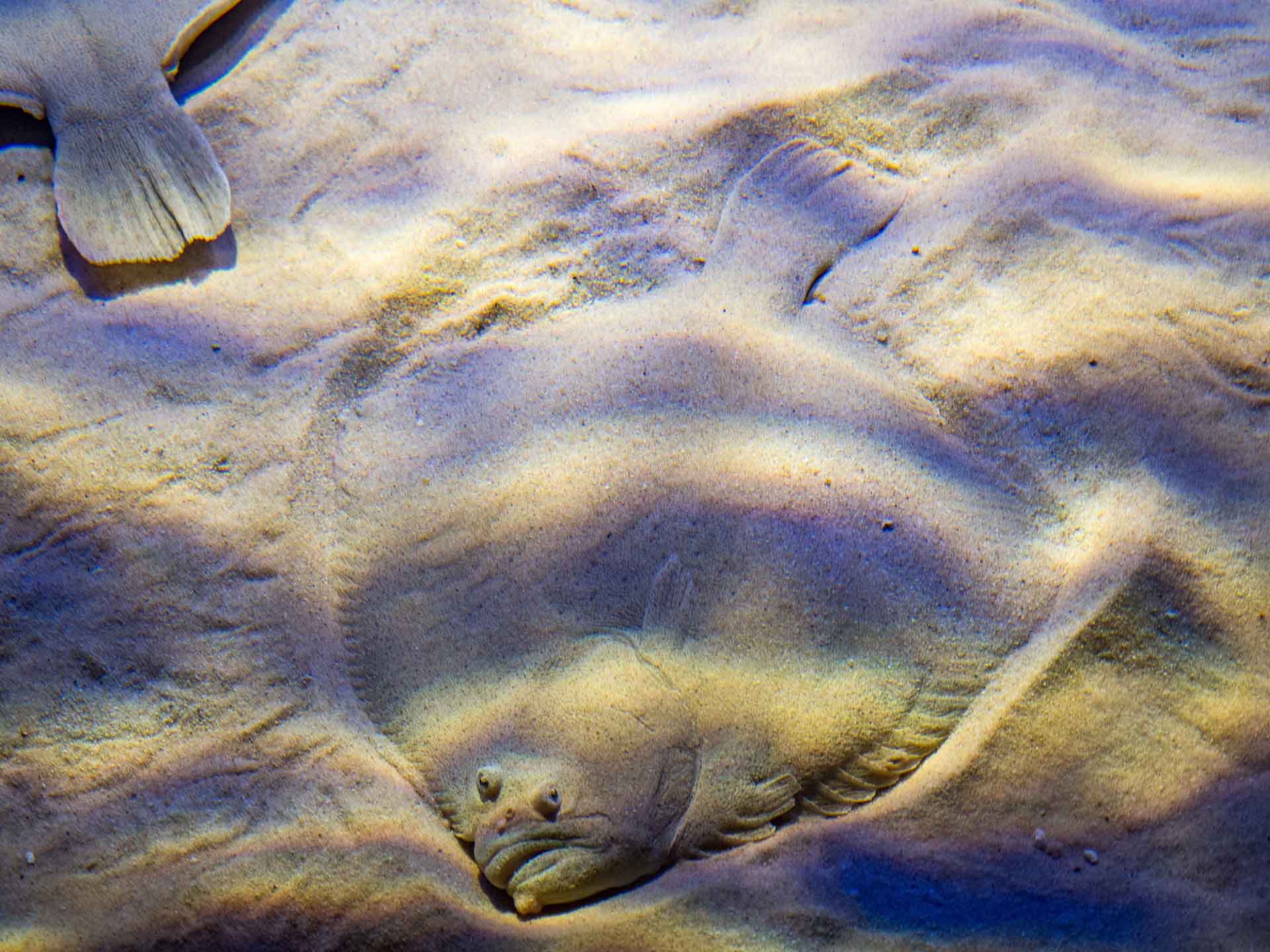
How to Fish For Flounder – Essential Gear and Tackle You Should Use
The right gear can make or break your day out on the water. Fluke might be flat, but this fish can be quite feisty, so gearing up appropriately is essential to reel in your catch without any hitches. Here are the basics:
- Rod – it’s best to use a medium-light to medium-action fishing rod, as it provides enough sensitivity to feel the subtle bites but also ensures that you have enough backbone to win the fight,
- Reel – a baitcasting or spinning reel works best, especially those with a smooth drag system,
- Line – consider using a 10 to 20-pound braided line, as its low stretch and high sensitivity will make sure you feel even the slightest nibble,
- Hooks – circle hooks in the 2/0 to 4/0 range are ideal, and this design minimizes gut-hooking, ensuring a more humane catch and release,
- Weights – a 1 to 2-ounce weight will suffice for most situations, keeping your bait near the bottom where fluke lurks.
Now, you’re probably wondering about baits and lures. Soft plastic baits, live bait rigs, and artificial lures are among the top picks when targeting these master hiders. But we’ll discuss this in greater detail later on – for now, let’s look at where they’re commonly lurking.
Let the Location and Weather Conditions Guide Your Gear Selection
Your fishing gear isn’t a one-size-fits-all situation. The location you choose, along with the prevailing weather conditions, should influence your setup. For instance, fishing in a swift current might require heavier weights to keep your bait grounded. Similarly, overcast conditions might make certain lures more effective than others.
Because of that, it’s best to always keep a versatile set with you and be ready to adapt to the whims of Mother Nature and the sea. No matter what fish species you’re targeting, versatility is always a crucial aspect of the whole ordeal – it’s what takes a beginner angler to a pro.

Choosing the Right Location Is Important
It’s clear by now that these flat-bodied aficionados have some particular preferences when it comes to their habitats. And while each adventure might have unique challenges, knowing where these masters of camouflage prefer to chill is crucial.
Here are some of the flounder’s favorite spots:
- Sandy bottoms – here, they can easily bury themselves, blending in and awaiting their prey,
- Shallow waters – it’s where they have a greater chance of catching smaller panfish and crustaceans, their main food sources,
- Estuaries – the mix of fresh and saltwater provides a rich buffet for the elusive fluke,
- Near structures – jetties, rocks, and pilings are areas that often house a diverse range of potential meals.
Finding these prime locations doesn’t have to be a guessing game. Anglers can benefit immensely from nautical maps and a plethora of online resources. But never underestimate the goldmine that is local knowledge – those seasoned fishers you’ve learned angling slang from can definitely provide invaluable insights into the best spots in the area.
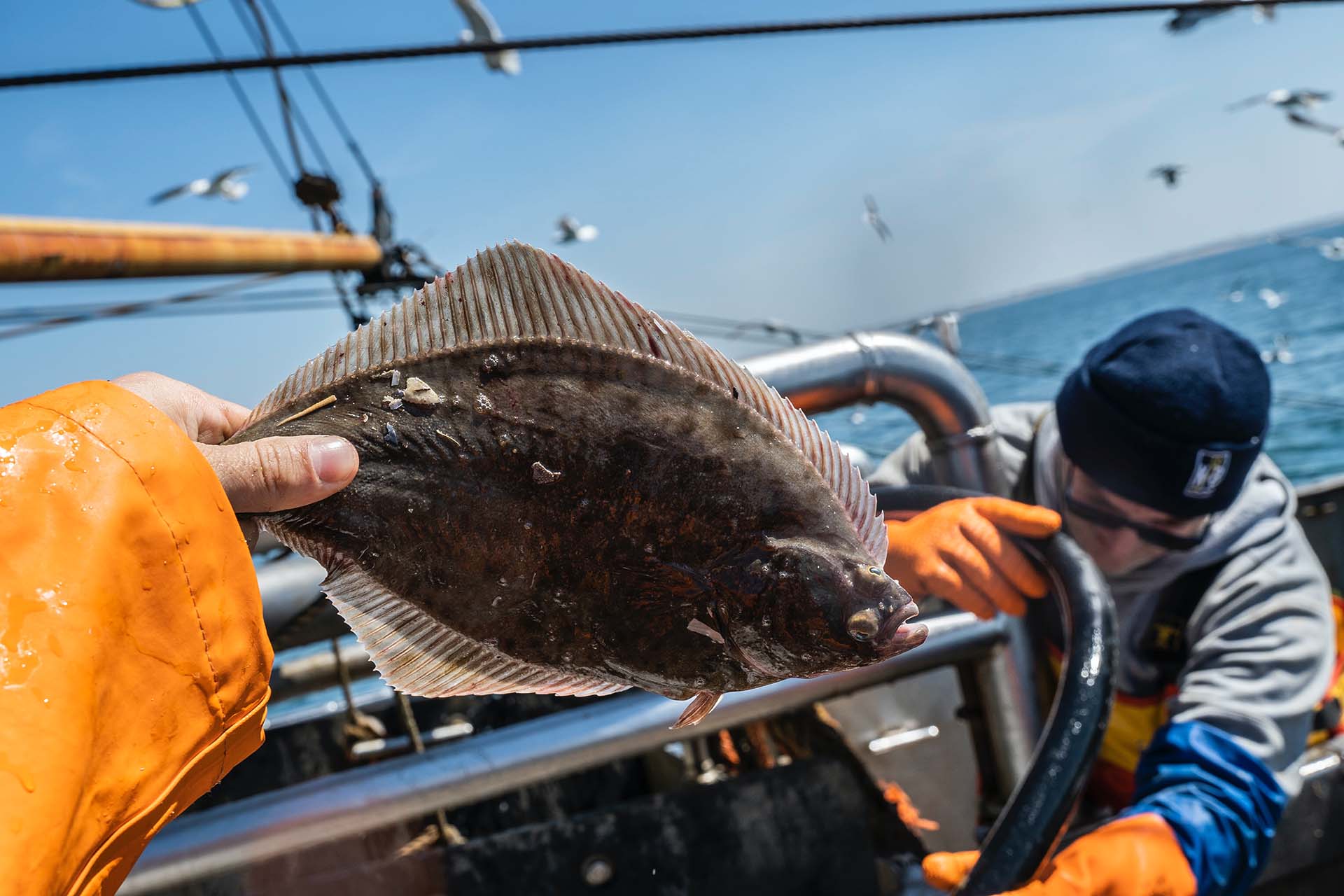
Best Times to Fish For Flounder
Tide cycles play a crucial role in the movement and feeding patterns of these flat-bodied wonders. When the water moves, so do they, following the smaller creatures that make up their diet.
Anglers often find that the transition times, during incoming or outgoing tides, offer prime opportunities. These tidal shifts also bring in a buffet of bait, making it an optimal time to cast a line.
How Flounder Activity Changes During Different Seasons and Times of Day
When it comes to the optimal time of day, dusk and dawn are prime moments – often considered the golden hours by anglers. The softer light and cooler temperatures during these periods make for ideal conditions.
Fishing during nighttime also presents a window of opportunity, especially during well-lit nights, as fluke capitalizes on the cover of darkness to ambush prey. So, while the golden hours are often the most fruitful, remember that adjusting your timing based on other conditions can also yield great results.
And when it comes to the seasons, here are the patterns you can take advantage of:
- Spring – as waters warm, these fish move from deep waters to shallower areas for spawning, hungry after a long winter,
- Summer – warm waters bring about peak activity, especially in estuaries and near structures,
- Fall – they tend to move toward deeper waters as temperatures begin to drop but remain relatively active,
- Winter – often found in the deepest parts, their activity slows down due to the colder temperatures.
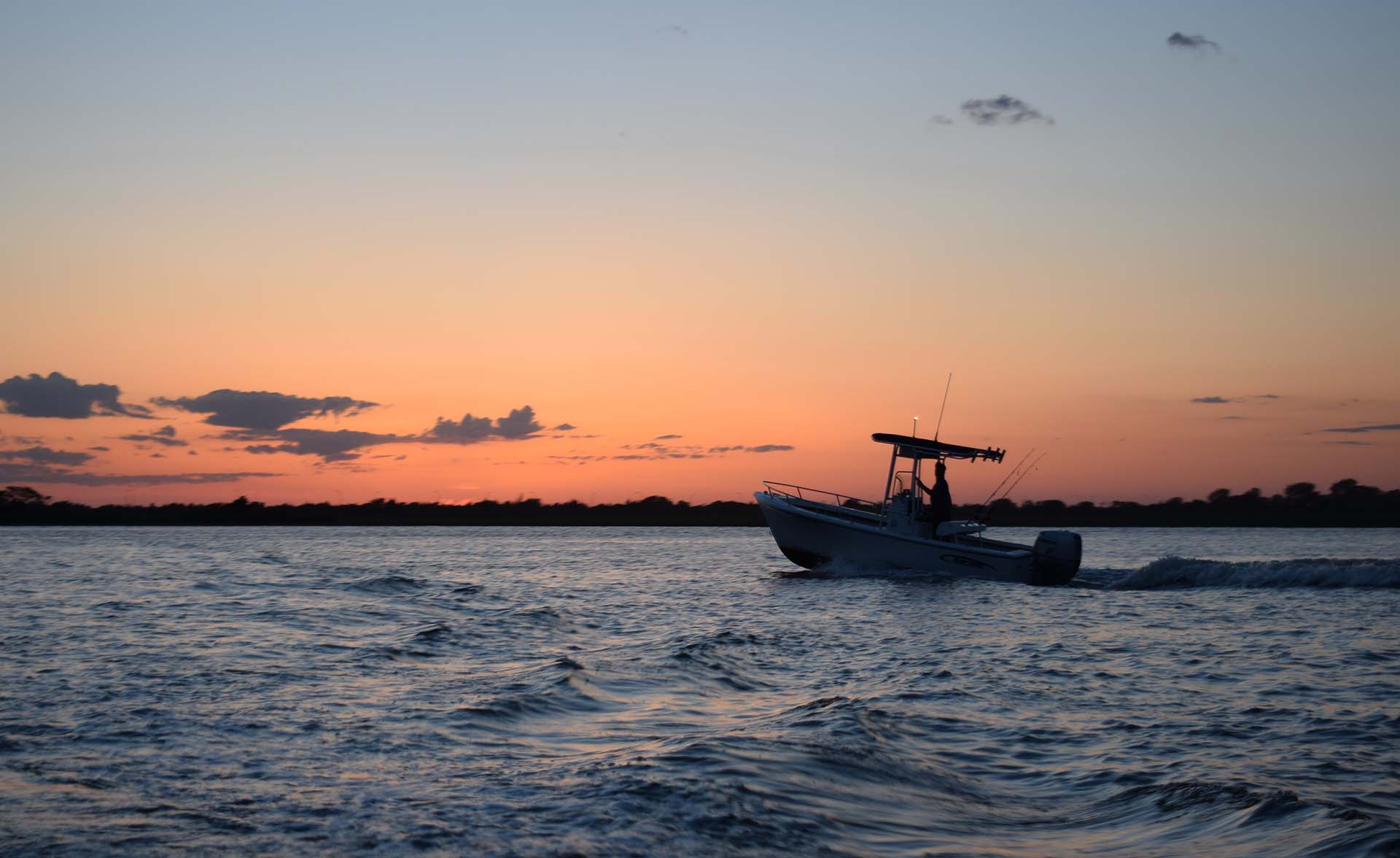
What Are the Techniques for Flounder Fishing?
Crafting a successful strategy against these underwater tricksters requires a variety of fishing techniques tailored to their unique behavior. Here are the most effective angling styles:
- Drift fishing – this method uses the boat’s movement, or the natural flow of wind and currents, to drift a baited line across potential hiding spots, simulating the casual movement of prey,
- Slow retrieve method – after casting your bait or lure, it should be gently and steadily reeled in, and this slow movement can replicate the wanderings of potential prey,
- Jigging – dropping a weighted lure to the seabed and periodically lighting and dropping it can turn out to be irresistible to the watchful fish below,
- Bottom bouncing – this technique uses a weight to keep your bait at the bottom, making it move along the seabed, stirring up small clouds of sand or mud,
- Trolling – while typically used for open water species, slow trolling near the bottom can be effective, especially around structures, and it covers vast areas, increasing the chances of crossing paths with a curious one.
How to Fish For Flounder From a Boat
Fishing on a boat offers some distinct advantages when targeting fluke. First off, drift fishing and trolling are favored methods, as they capitalize on the boat’s mobility. As you let the boat drift, your bait moves naturally across the seabed, teasing your potential catches out of their hiding spots.
Jigging also proves effective in such scenarios. Drop your jig to the bottom, and simply give it a few twitches. The motion should lure them out, thinking they’ve found an easy meal. When all else fails, an electronic fish finder can help you pinpoint spots where these flatfish are likely hiding.
How to Fish For Flounder From Shore
On the other hand, casting your line from the shore often calls for a better understanding of the location. Bottom bouncing and the slow retrieve method shine here, as they allow for close interaction with the seabed features. Wading into shallow waters can also be productive, especially during incoming tides. Remember, they love structures, so casting near rocks, jetties, or fallen trees can up your chances.
What Bait and Lures You Should Use
Whether you’re a live bait enthusiast or an artificial lure aficionado, there’s something for everyone when it comes to targeting this saltwater species. Here’s an overview of the most effective baits and lures, along with the advantages and disadvantages of each one:
| Bait/Lure | Pros | Cons |
|---|---|---|
| Minnows | Highly attractive because of their natural look and movement | Can die if not handled properly |
| Shrimp | It's readily available and appeals to a broad spectrum of species | Can be stolen off the hook by smaller fish |
| Small crabs | Mimics natural prey and is durable on the hook | May require specialized rigs |
| Soft plastics | A versatile choice that can be scented for added attraction | Can tear easily, and the artificial feel can deter some catches |
| Paddle tails | Can imitate various prey types with their vibrant action in the water | Requires some experience to present correctly |
| Scented baits | Very useful in murky waters with their increased sensory attraction | Might not always outperform live bait |
Properly rigging your baits and lures is crucial. Whether using a simple jig head for your soft plastics or a Carolina rig for your live bait, ensuring the presentation is natural can make the difference between a bite and a miss. After all, in the underwater world, it’s all about the details.
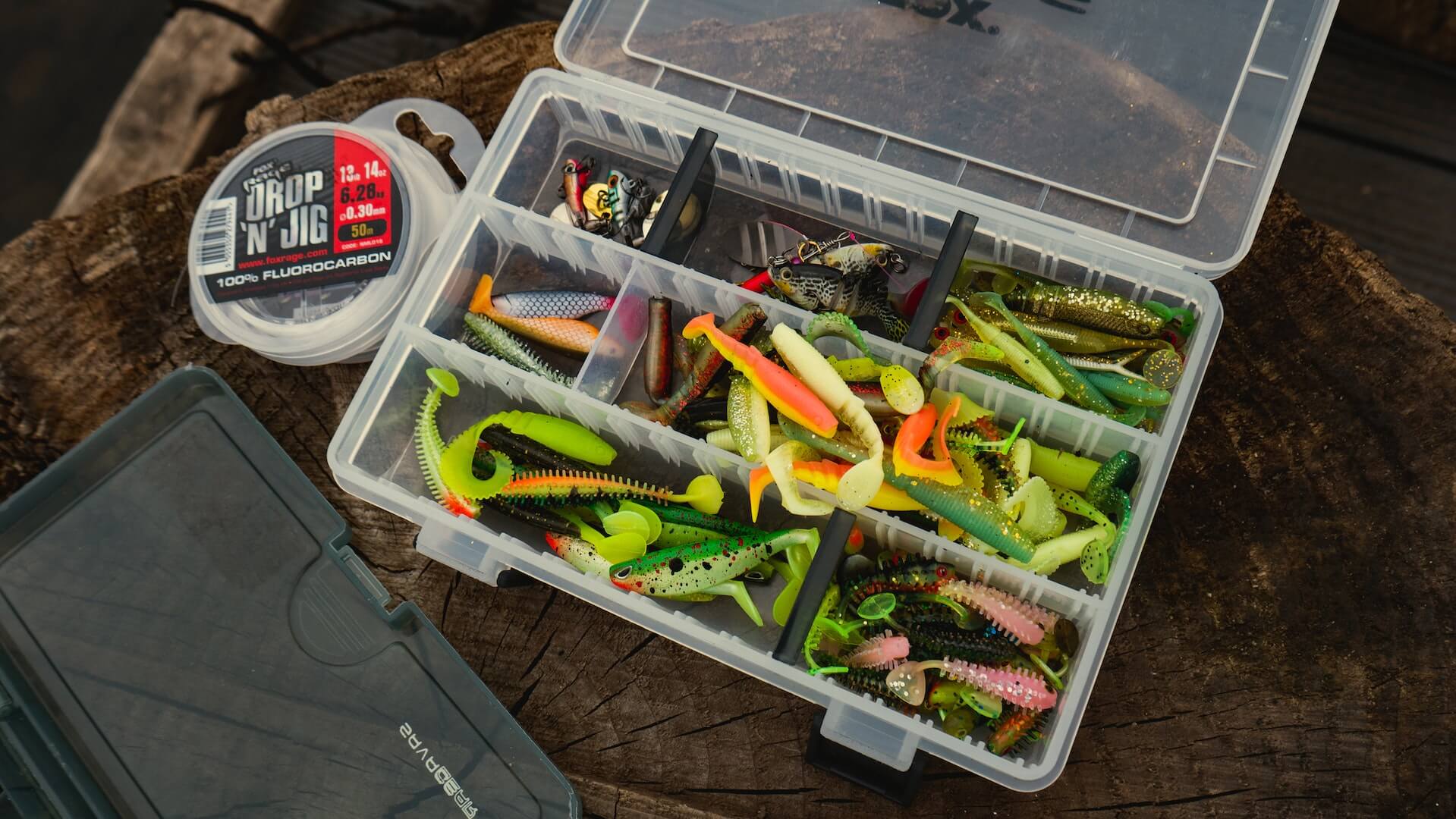
Additional Tips for Success
Before we wrap this guide up, let’s dive into some final pearls of wisdom. While the techniques and tackle can get you pretty far, sometimes it’s the little nuances that make all the difference. Here are a few more pointers to keep in mind when hunting for that trophy catch:
- Approach your fishing spots quietly, as any loud noises or sudden movements can spook the fish,
- Observe seagulls because they often dive into the water to catch small fish, giving you an idea of where these flat creatures are below,
- Polarized sunglasses can significantly reduce the water’s glare, helping you spot fish in shallow waters or notice any underwater structures that might be prime spots,
- After each trip, ensure your tackle, lures, and line are clean because saltwater can be especially harsh on your equipment,
- Document the date, location, tide, time of day, bait used, and your success rate, as this data can help you identify patterns over time and refine your strategies accordingly.
Wrapping It Up – The Flounder Fishing Finale
Well, there you have it – your go-to guide for landing these sneaky flat fellows. Remember, it’s not just about the gear or the location – it’s about understanding their habits, adapting to the conditions, and enjoying the experience. With patience, the right techniques, and a dash of luck, you’ll be reeling in impressive catches in no time.

